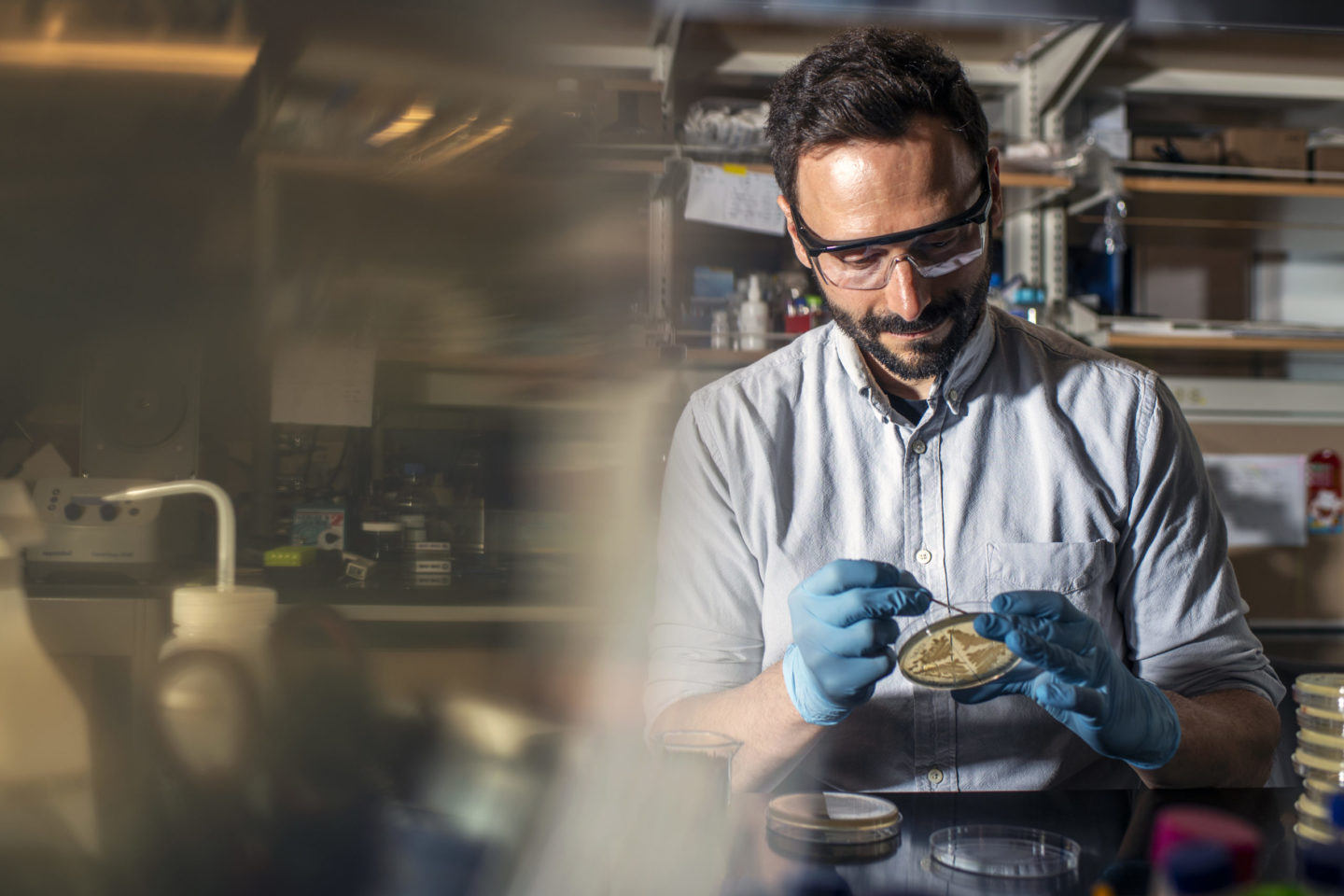It’s a daily occurrence. A patient goes into a hospital for, say, a broken bone and then is infected by a so-called superbug that spreads easily around a hospital.
About one in every 31 hospital patients has at least one infection that they contracted in a healthcare facility on any given day, according to the U.S. Centers for Disease Control and Prevention. And many of those pathogens are resistant to antibiotic treatment, which means that the infection can progress to cause serious issues such as pneumonia or sepsis.
So how, then, can doctors treat patients who become infected by these bacteria?
That’s a question that gnawed at Edward Geisinger when he was doing infectious disease rotations during medical school. He saw many patients in critical care wards that had been infected by a bacterium called Acinetobacter baumannii, which is highly resistant to antibiotics.
“I knew it was becoming a problem, but was an understudied microbe at the time,” says Geisinger, now assistant professor of biology at Northeastern. So after he finished his medical and doctoral coursework, he began to study the bacterium in depth.
Read more on News@Northeastern.
Photo by Alyssa Stone/Northeastern University.

